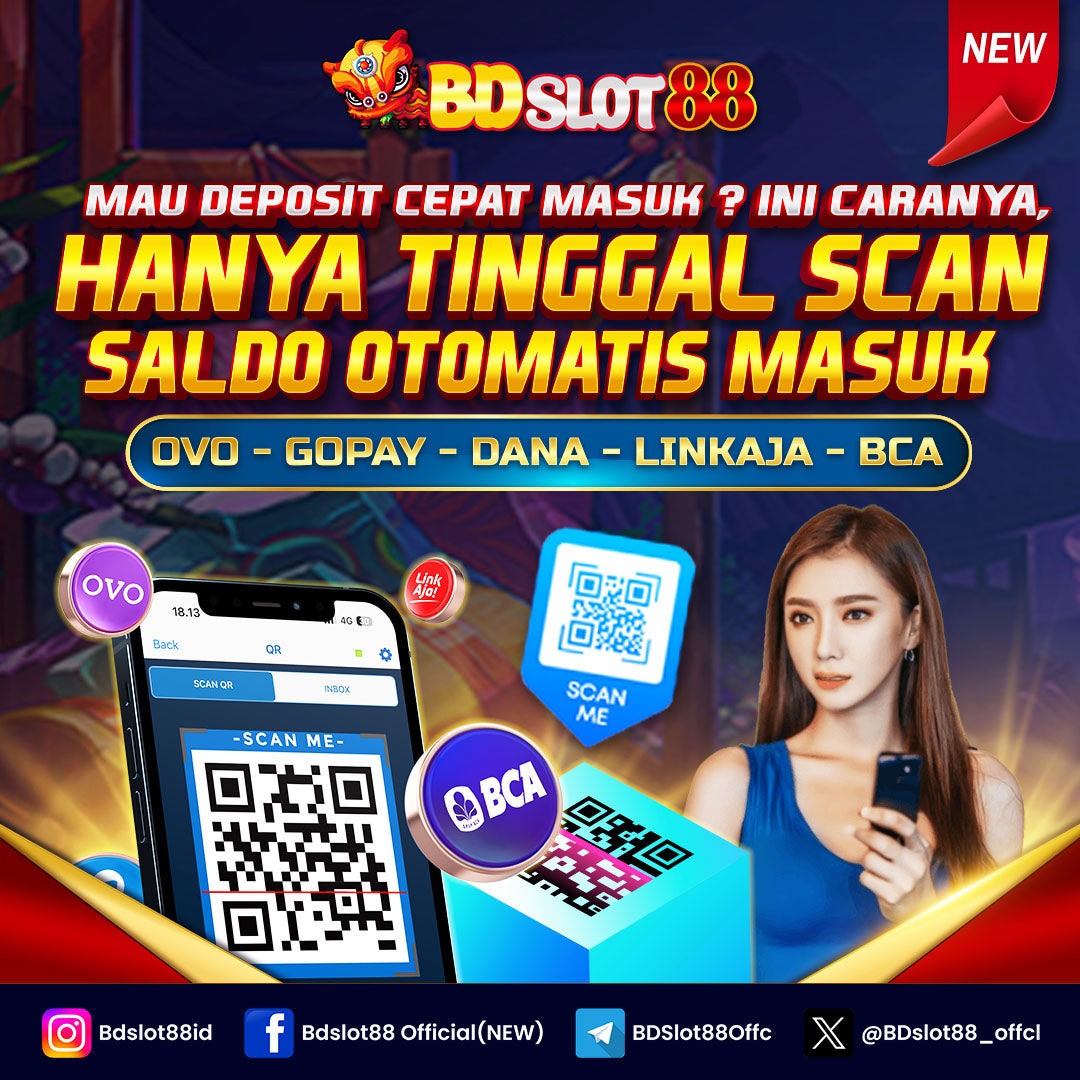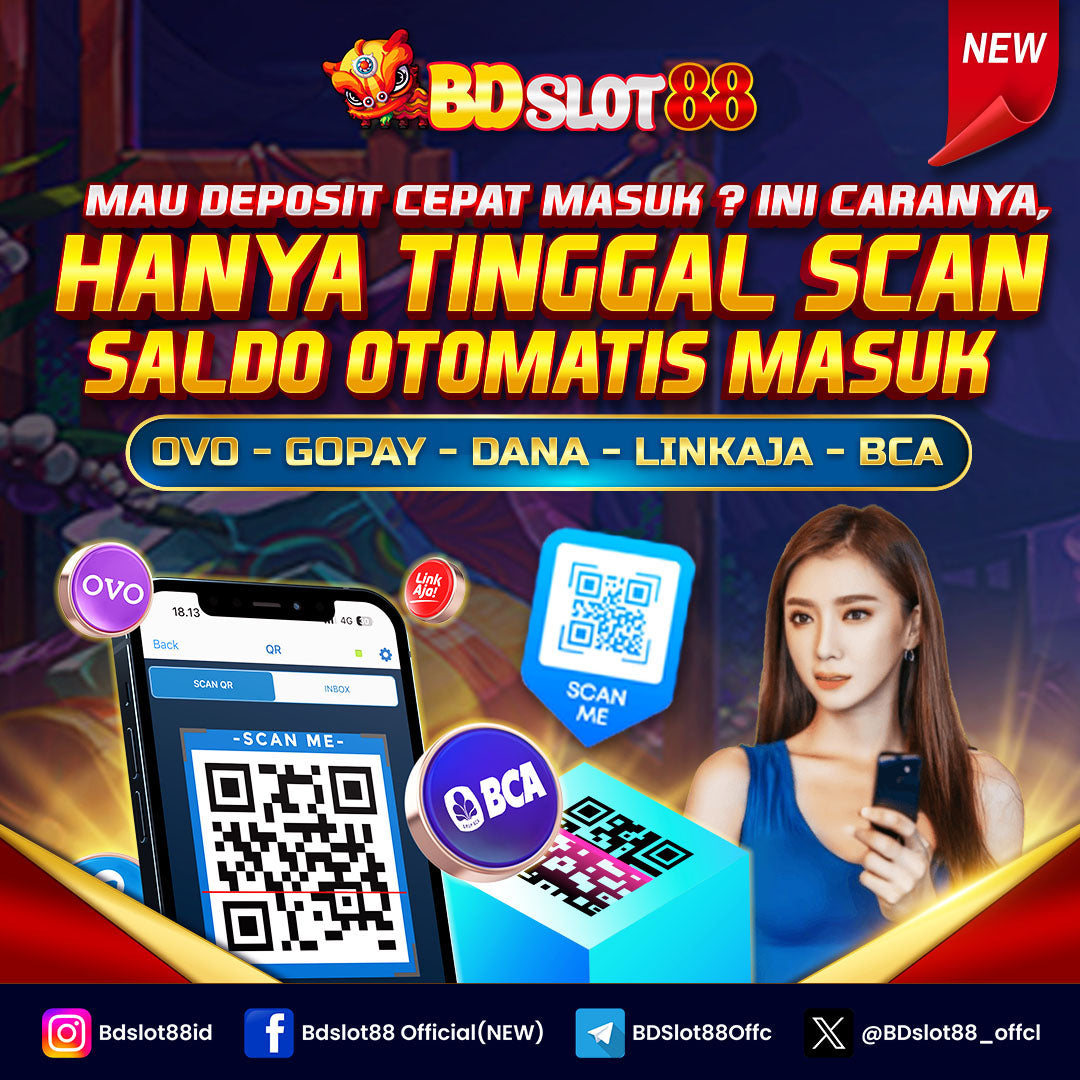1
/
of
1
BDSLOT88
BDSLOT88 - Link Login BD Slot88 Situs Judi Online Akses Cepat Tanpa Batas
BDSLOT88 - Link Login BD Slot88 Situs Judi Online Akses Cepat Tanpa Batas
Regular price
Rp 50.000,00 IDR
Regular price
Rp 5.215.455,00 IDR
Sale price
Rp 50.000,00 IDR
Unit price
/
per
Bdslot88 adalah situs terbaik yang menyediakan game online viral dengan permainan dan sistem transaksi paling lengkap ditambah banyak bonus gacor dan menarik yang sayang untuk anda lewatkan! Bonus apa saja yang bisa anda dapatkan?
- Bonus Freespin
- Bonus Deposit New Member
- Bonus Deposit Harian
- Bonus Referral
- Bonus Rebate
Selain bonus yang sudah kami sebutkan, masih ada lagi cara untuk mendapatkan banyak hadiah menarik di Bdslot88, yaitu dengan mengikuti event yang kami adakan. Tidak main-main, event yang kami adakan berhadiah hingga ratusan juta rupiah!! Untuk anda yang ingin bergabung dan bermain game online gacor bersama kami, caranya sangatlah mudah, cukup klik di menu daftar atau hubungi layanan customer service 24 jam kami melalui livechat, whatsapp atau telegram yang sudah kami sediakan.
BDSLOT88 LOGIN



